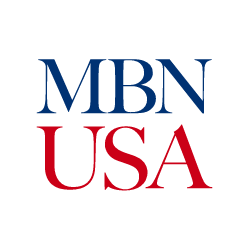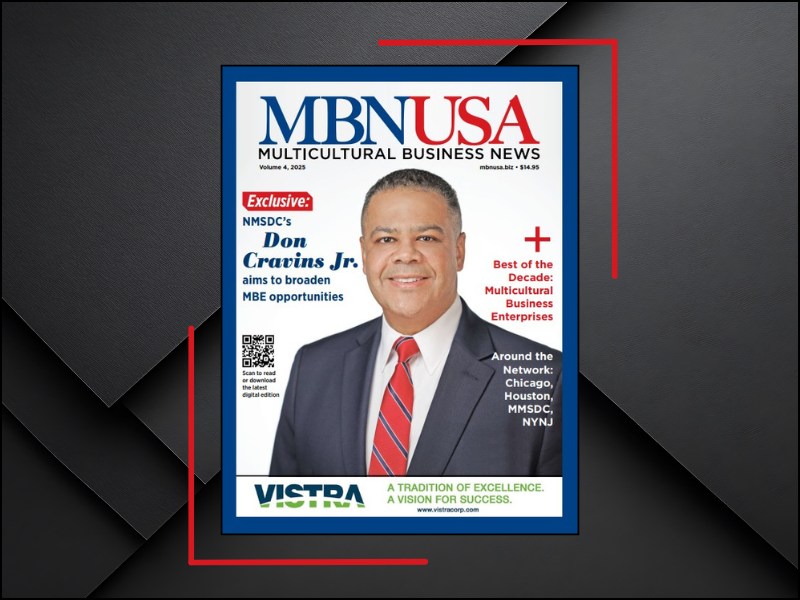Q: Mike,
can you tell us a little about your background?
A: After growing up in Southeast
Michigan and graduating from Bowling Green State University, I’ve spent my
entire professional career in some form of purchasing and supply chain
management at Honda. For the past 33 years, I’ve had many opportunities to experience
different aspects of Honda at many different locations. I started as a New
Model buyer of stamped and welded parts at our East Liberty Plant in Ohio. Then
I was fortunate to be sent on an assignment to Honda Motor’s Suzuka Factory in
Japan for 2.5 years.
When I
returned from Japan, I moved between our Ohio auto plants supporting new model
development with our suppliers. Then I relocated and worked in our Alabama Auto
Plant, responsible for Purchasing New Model Development. That two-year
assignment turned into eight years and provided me with the experience of
developing and leading many aspects of purchasing and supply chain management.
The growth and expansion in Alabama at this time, both for Honda and with our
supplier network, was very exciting and challenging. It was excellent for
learning about the purchasing processes.
After my
time in Alabama, I returned to Ohio and led our Auto Procurement function,
working with our eight commodity groups. In this role I had broad exposure to
the link between our new model, quality, delivery, and development requirements
and the impact they can have on a supplier’s cost structure.
In my
current role as Business Unit Leader for regional Procurement, I oversee direct
parts cost, sourcing, plus supplier commercial relationship management, new
model development, mass production quality, production support at each of our
facilities, mass production unit cost management, raw material sourcing, and
supplier characteristics improvement.
As you can imagine, based on my experience of moving around the company I’m an advocate for providing opportunities to others as a way to develop a diverse set of talents, experiences, and networks.
Q: How
long have you been involved in supplier diversity as the head of procurement?
A: I was first exposed to and mentored
in supplier diversity when I led indirect purchasing in Alabama starting in
2002. I quickly gained a new perspective and also had more involvement in
sourcing opportunities than I had had in previous roles. Once I returned to
Ohio and led direct parts procurement, I continued to participate in strategies
that supported supplier diversity and have enjoyed being a part of the
relationships we have built over the years with minority- and woman-owned
businesses.
Q: Why
is supplier diversity important to Honda?
A: Supplier diversity is a vital
aspect to our inclusion and diversity efforts. By embracing supplier diversity,
companies can increase their economic impact and contribute to the growth of
underrepresented communities. We also recognize and appreciate that different
perspectives generate new ideas and spark innovation. At Honda, we strive to be
a company society wants to exist, so it’s important that we are reflective of
society as a whole.
Q: What
supplier diversity initiatives are most successful for Honda?
A: We engage in several approaches to
increase our supplier diversity. For example, we attend many sponsored events
each year, host our own match-making sessions, and encourage our largest
suppliers to source diversely. We also continue to strengthen our relationships
with diverse organizations such as National Minority Supplier Development
Council, National Gay & Lesbian Chamber of Commerce and Women’s Business
Enterprise National Council to increase efforts to onboard diverse suppliers.
In the end, what I’ve found to be most successful is fostering the relationship
with suppliers directly. We do this through working with them to support their
continued development. By sharing best practices and holding each other
accountable, we can all rise to the challenge.
Q: Do
you have any examples of how a diverse supplier has grown with Honda?
A: Historically Honda has strived to
develop relationships with suppliers and maintain them over time, closely
managing growth and business expansion. For example, when we expand our model
line-up, grow our volume, or build new plants, we typically give our existing
partners the opportunity to expand and grow with us. One of our supplier
partners that started with us in Ohio expanded operations in Alabama and then
in Indiana. It wasn’t always smooth and easy, but we are partners and Honda
sees a lot of value in mutual growth, so we worked together to find solutions.
This supplier partner also grew from one product line to multiple products,
bringing their skills and abilities to provide the quality, cost
competitiveness and delivery that met and exceeded our expectations. In fact,
they have been recognized with our excellence in quality and delivery awards
several times over the years.
Q: What
are some of the biggest challenges facing the continued growth of supplier
diversity development?
A: One of our values at Honda is
Challenging Spirit, meaning we like to view potential challenges as
opportunities for growth. As changes in technology present new opportunities
across industries, we all need to work together to make sure we’re filling the
right spaces with the right people for the job. At Honda there is no lack of
willingness to source diversely, so our team really runs forward with a lot of
challenging spirit to find the right fit so everyone can be successful.
Q: What
are a few of the best practices you would recommend to supplier diversity
professionals?
A: • Establish a continuous
improvement plan: As technology changes it’s essential to understand your
current diverse suppliers’ capabilities, capacity, and succession plan.
• Establish
a solid Tier II program: The direct side supplier development/selection process
is long and cumbersome and highly competitive. It’s important to have a robust
Tier II process that allows diverse suppliers an opportunity to work directly
with our Tier I suppliers, who can then provide insight to Honda’s supply chain
and delivery expectations.
It’s
important to know what you’re looking for and what true opportunities exist so
you’re not spending resources with no gain. Build your network internally and
externally, so you can put your requirements out there and get lots of people
working for and with you.
Q: Based
on your experience in the supplier diversity arena, where do you see supplier
diversity inclusion in supply chains of the future?
A: The vehicles of the future have a
lot of the same parts in them that exist today, including fabricated parts like
seats, tires, wheels, chassis, stampings, injection moldings, and more. While
the styling and design will change year after year, many of those parts will
continue to be used. This means many current opportunities will still exist in
the future. Strategies around recyclability and reuse will also be critical as
we look to remain sustainable. Building a sustainability mindset into your
business will really give any diverse supplier business an edge in the coming
decade.
Q: As a
chief procurement officer what advice would you give to diverse suppliers
wanting to do business with Honda and other major corporations?
A: Know who your company is and what you can offer. Don’t say you’re willing to do anything for a customer. Be patient, but persistent. You should also work on developing an advocate inside the customer, someone who knows your company and is willing to go to bat for you. Networking is a skill that helps turn a foot in the door into a handshake. But you also need to know what your limits are and when to walk away. You know your business better than anyone, so you should feel empowered to know when to engage and when to try another door.
To learn more about Honda's supplier diversity program, click here.
To view the article in MBN USA's digital digital magazine, click here.





